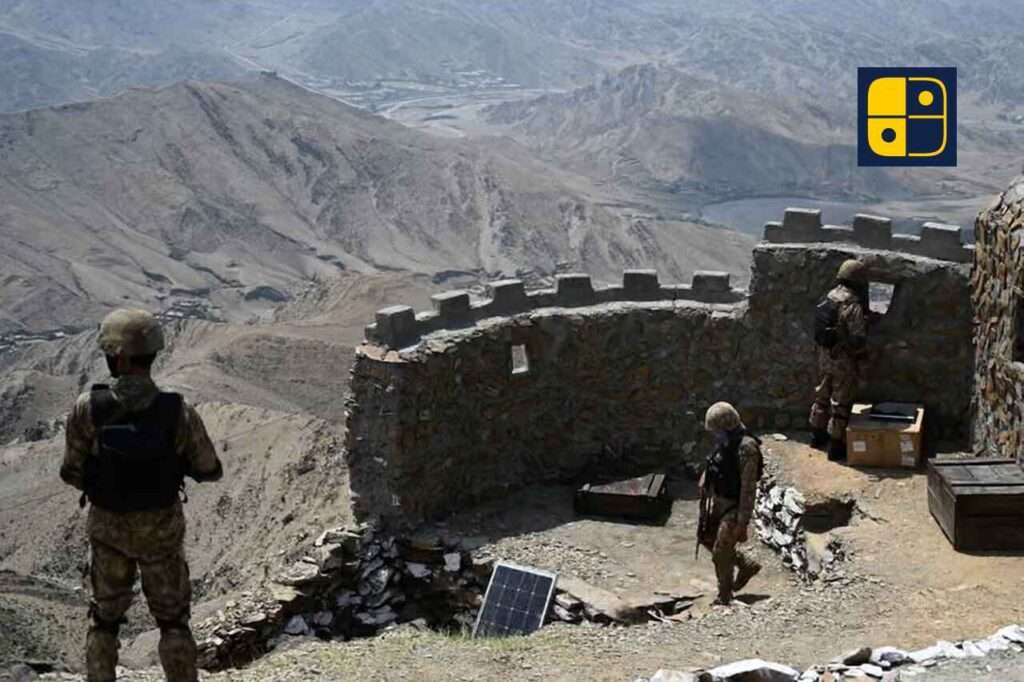A new flashpoint has emerged along the Pakistan-Afghanistan border, where fierce fighting over the past week has turned decades of mistrust into open confrontation. Both Islamabad and Kabul have claimed heavy casualties and territorial gains, pushing the two neighbours closer to a full-scale conflict.
Pakistan confirmed the loss of 23 soldiers and announced retaliatory strikes that it said killed more than 200 “militants” inside Afghan territory. Afghanistan’s Taliban administration countered with claims of destroying 25 Pakistani border posts and killing 58 troops in what it described as “defensive operations.” The closure of key crossings at Torkham and Chaman has crippled trade and cut off vital supplies to landlocked Afghanistan, heightening tensions among local communities.
The confrontation stems from Pakistan’s accusations that the Taliban regime continues to shelter the Tehrik-i-Taliban Pakistan (TTP), a group responsible for a surge in deadly attacks inside Pakistan. Kabul rejects the charge, calling Islamabad’s cross-border strikes a violation of its sovereignty. The standoff has revived old fault lines along the Durand Line, where blurred borders and militant sanctuaries have long tested fragile diplomacy.
With border reinforcements on both sides and communication channels frozen, South Asia faces the risk of another destabilising conflict, one that could redraw power equations across the region.

